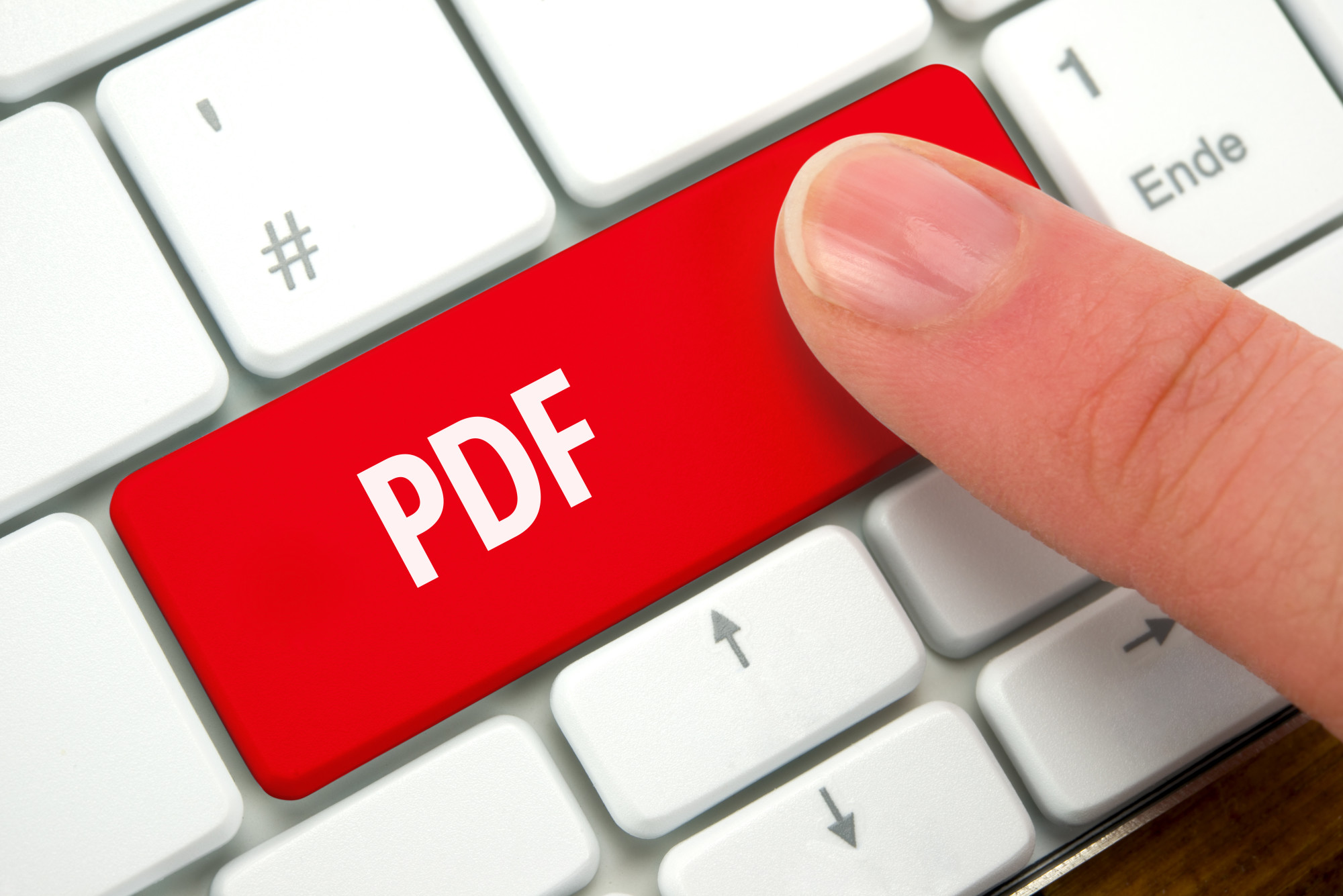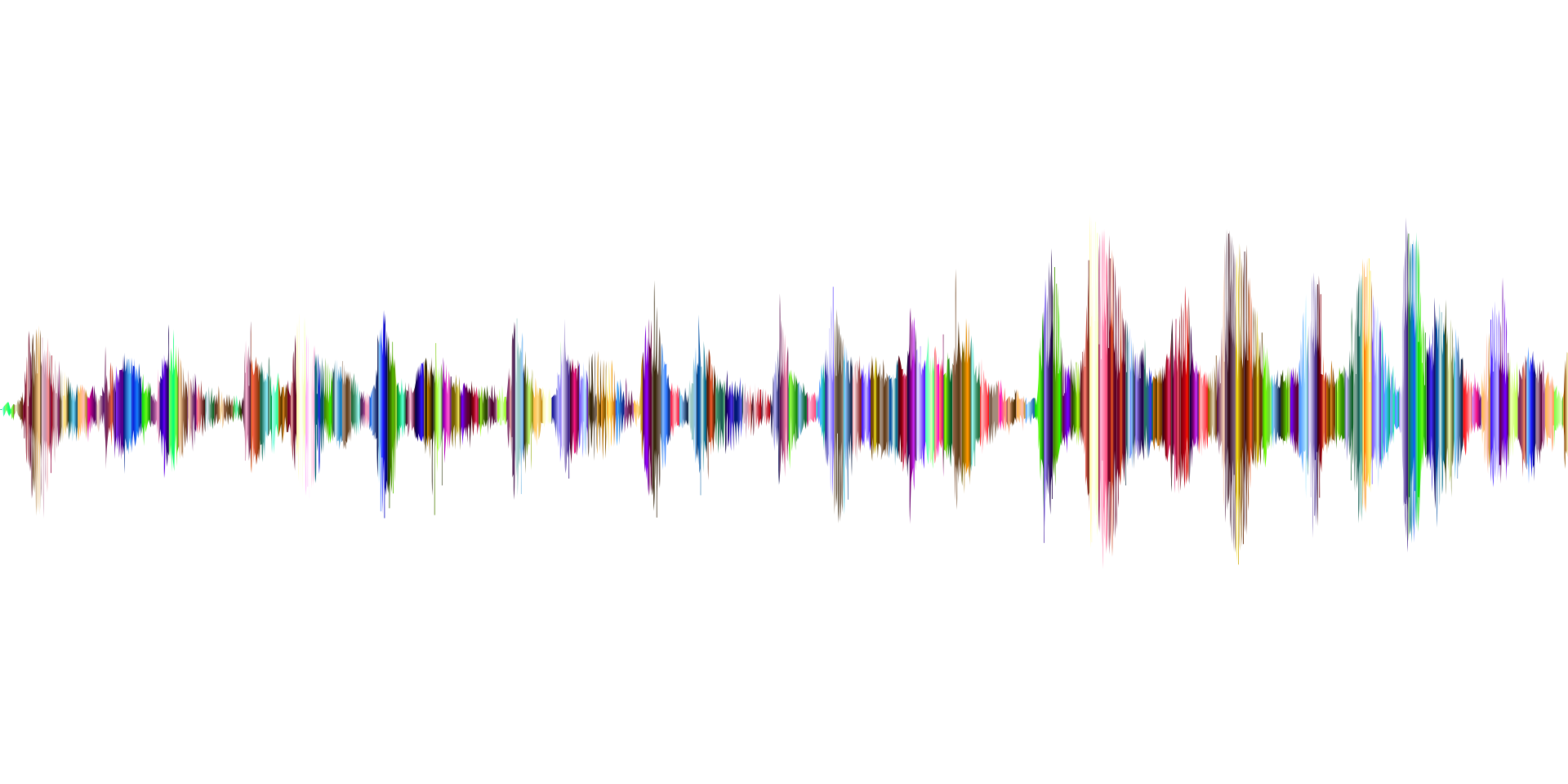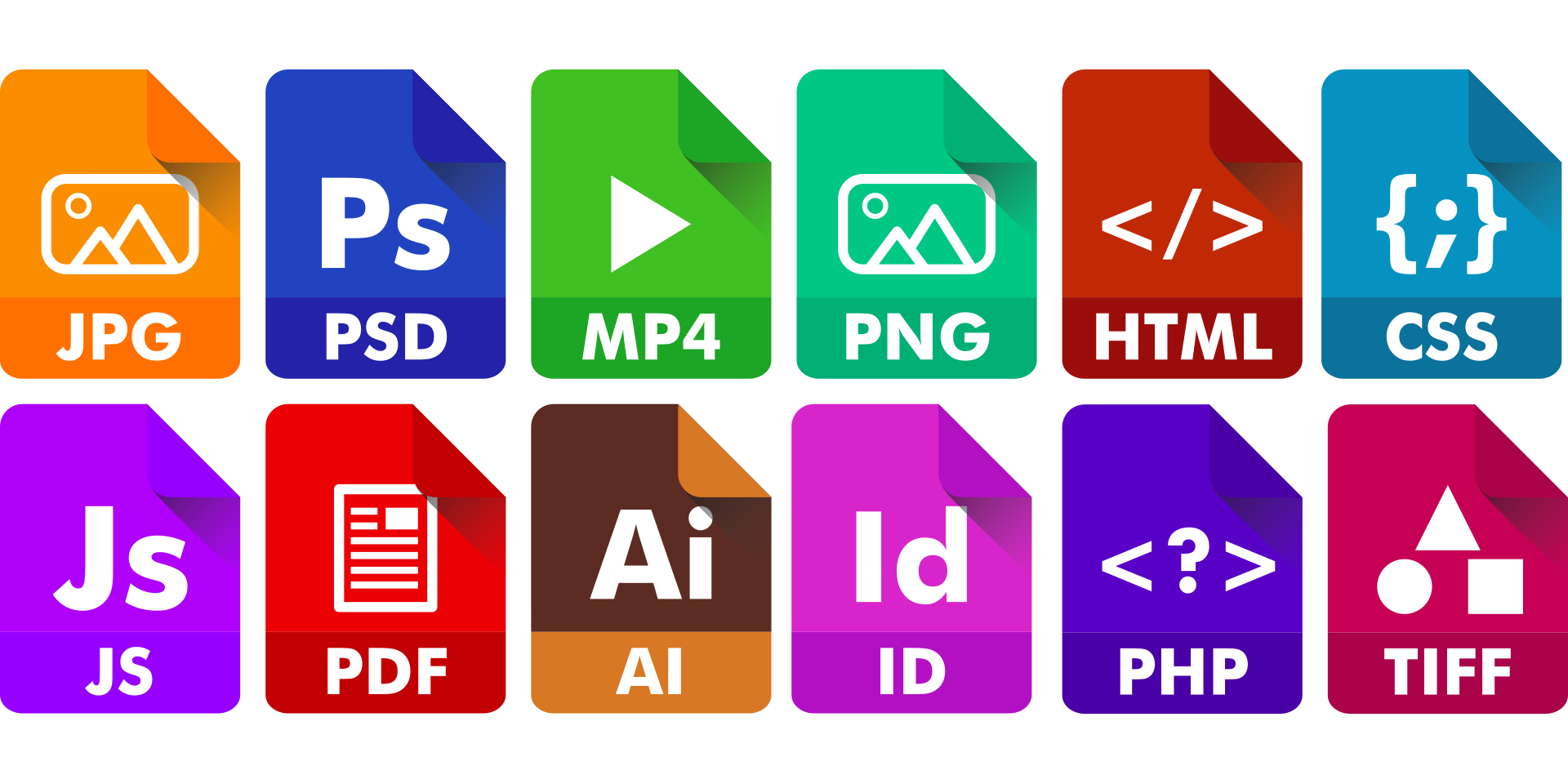Do you want to learn how to reduce PDF file size without losing quality?
PDFs are the most versatile file type used among different people across the world today. This is because these files don’t lose their format when converted, can accommodate different media with ease, and are sure to pose no problem when sent to different users.
The only problem with these files is that they often take up a large space. Compared to other files like DOC and XLS files, each PDF file can be at least 5 MBs even if they contain only around 100KB of text.
This can pose a problem as it means that it will take longer for files to send, or not send at all. Reducing size often means losing quality, though, but there are great ways around it. Read what’s below to learn how you can reduce your PDF without compromising its quality.
Using Dedicated Software
First, let’s take a look at the best options for you to use natively on your device. These are the programs that exist solely for you to use to compress different files with. Many of them even compress PDF files only.
A good example is NXPowerLite. This is a program that’s compatible with Windows OS. This is a great option for you if you’re looking to send your PDFs through emails.
This attaches to your preferred emailing platforms like Outlook or Google. It then detects attached files and will automatically compress them before sending. NXPowerLite also has a standalone application that allows you to compress PDFs by batch.
All you need to do is archive them first before compressing the folder. This allows for significant size reduction without risking the loss of data.
If you often use your mobile for these tasks, then you may not be able to use NXPowerLite. However, there are also mobile apps that can do the job for you. Compress PDF is an app that can help you compress your PDFs, helping you save storage space on your mobile without compromising PDF quality.
Adobe Acrobat
We can’t talk about dedicated programs without mentioning Adobe Acrobat. While it’s not exclusively for PDFs, it has tons of useful features that allow for PDF compression.
Acrobat allows you to save your PDF in a smaller size. You do this by highlighting the Save as Other option and selecting the Reduce Size PDF option. You’re then presented with a prompt that allows you to select a version for compatibility before you can save the file.
The only problem with this method is that it lowers the quality of any image attached to the PDF, too. A better alternative would be to go to the Optimized PDF option in the menu. Go to the Space Usage Audit option that’s under Save as Other, again.
Doing this allows you to control each element of the file. This way, you can choose which elements to compress in the file. It’s a great way to make sure your images don’t become distorted during compression.
You can also use this feature to remove any unwanted elements in the file. Things like links, bookmarks, and even script items from Java and such can increase the size of a PDF. Review your content to check if you need them in the file or not.
If you realize that the impact of your file won’t change even without certain elements, consider removing them. By the end, you’ll find that the file will be much smaller in size.
Compressing Files Online
If you don’t want to install any software onto your device, you can always opt for using file compressors online. There are tons of free software available for you to choose from all over the Internet.
PDFresizer is the most popular option. This allows you to resize a PDF file simply by uploading the file to the website. Once there, you can choose to resize it, crop and split the file, or merge it with other files.
The document will display itself as a preview for you on the website, too. This allows you to scan it for errors or for anything that you don’t like. You can then proceed to download the compressed PDF back into your device afterward.
There are more tools for you to discover online. These are great options for you to go for if you’re working remotely. This is an important choice to have since we have more remote workers today than ever before.
Choose the Color Palette Carefully
Most people don’t know that even a simple choice in color can cause the PDF’s size to increase. This is often because they choose from the wrong color wheel when creating the file.
Choosing from the CYMK color wheel will increase the PDF file size. This is because these have sharper colors. These colors need more space to properly display, causing PDFs to inflate even more.
It’s best to choose from the basic RGB color wheel, instead. These colors need less space since they’re easier for devices to process.
If you need to use the CYMK medium, it’s best to do so when converting to EPS files or such, instead. This way, it won’t be as inflated as it will be as a PDF.
This applies even to the default background of the PDF. A PDF theme that uses tones from the CYMK color wheel will be much more bloated.
Learn How to Reduce PDF File Size Without Losing Quality Today
Reducing the sizes of your PDF files will only be beneficial for you. Doing so without losing quality ensures your files are easy to read, and won’t present any error when opening. Optimize your PDFs and save yourself the trouble of bulky file sizes today!
Now that you’ve learned how to reduce PDF file size without losing quality, you’re ready to convert them. Check out our free online conversion software to get started! Open your PDFs in the right file type today!









